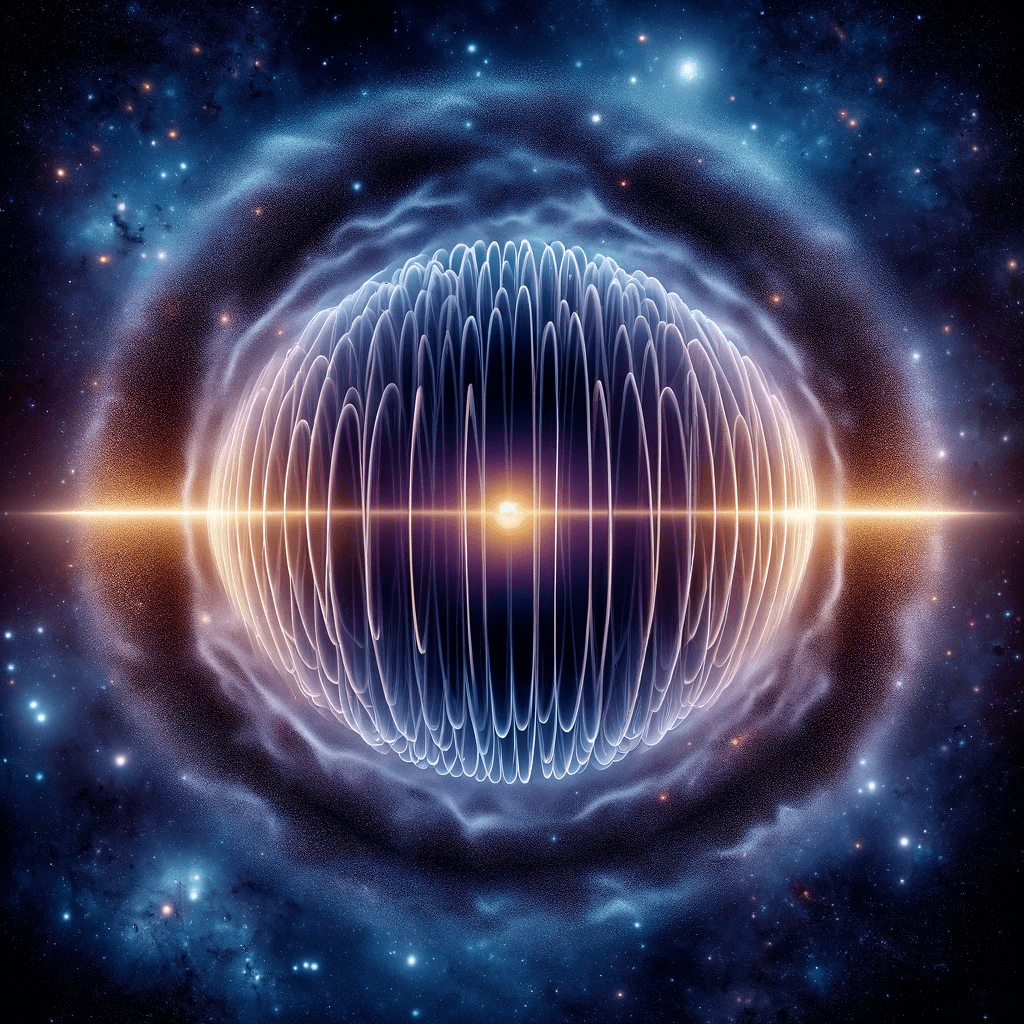Cosmic Microwave Background Radiation

Cosmic Microwave Background Radiation (CMBR) is the afterglow of the Big Bang, the event that is believed to have triggered the expansion of the universe approximately 13.8 billion years ago. The CMBR is the oldest light in the universe, and it is detectable in every direction in the sky at a temperature of about 2.7 Kelvin (K). The discovery of the CMBR was a major breakthrough in cosmology, providing strong evidence in support of the Big Bang model of the universe’s origins.
The Cosmic Microwave Background Radiation was first discovered by American radio astronomers Arno Penzias and Robert Wilson in 1964.
CMBR is a faint glow of light that permeates the entire universe, composed of electromagnetic radiation that was released approximately 380,000 years after the Big Bang, as the universe cooled and expanded. The CMBR is composed of photons, which are the fundamental particles of light, and they have been travelling through space for billions of years.
The CMBR was first discovered in 1964 by Penzias and Wilson, who detected an unexpected background noise in their radio telescope observations. The CMBR can be observed in every direction in the sky, at a temperature of approximately 2.7 Kelvin. The discovery of the CMBR provided strong evidence in support of the Big Bang model of the universe’s origins. The CMBR is thought to be the remnant radiation from the Big Bang, and its properties can be used to test and refine theories of the early universe.
Fact #1: The CMBR has a blackbody spectrum, which means that its intensity and frequency distribution is determined only by its temperature. This feature of the CMBR is a key prediction of the Big Bang model and has been confirmed by numerous observations. (Source: NASA)
Fact #2: The variations in temperature of the CMBR across the sky are incredibly small, only a few parts in 100,000. However, these tiny fluctuations provide crucial information about the structure of the early universe and the seeds of cosmic structure that eventually led to the formation of galaxies and clusters of galaxies. (Source: National Geographic)
Fact #3: The Wilkinson Microwave Anisotropy Probe (WMAP) and the Planck space telescope have mapped the CMBR with unprecedented accuracy, providing a detailed picture of the early universe and supporting the Big Bang model with remarkable precision. (Source: European Space Agency)
According to experts, the CMBR is one of the most important pieces of evidence in support of the Big Bang model of the universe’s origins. Dr. John Mather, a senior astrophysicist at NASA, described the CMBR as “the baby picture of the universe,” because it provides a snapshot of the universe when it was only 380,000 years old.
In his book “The First Three Minutes,” physicist Steven Weinberg describes the CMBR as “the most important single discovery in cosmology,” and notes that its discovery “made it clear that the universe has a history, that it began very hot and very dense, and that it has been expanding and cooling ever since.”
An article in The Guardian describes the CMBR as “the smoking gun that proved the Big Bang,” while an article in Forbes notes that “the CMBR provides evidence of the universe’s origin and evolution.”
There are alternative theories of the universe’s origins, such as the Steady State theory or the Electric Universe theory. Some proponents of the Electric Universe theory argue that the CMBR is not evidence of the Big Bang, but rather a product of the interaction of cosmic rays with the Earth’s atmosphere.
The overwhelming scientific consensus is that the CMBR is strong evidence in support of the Big Bang model.

